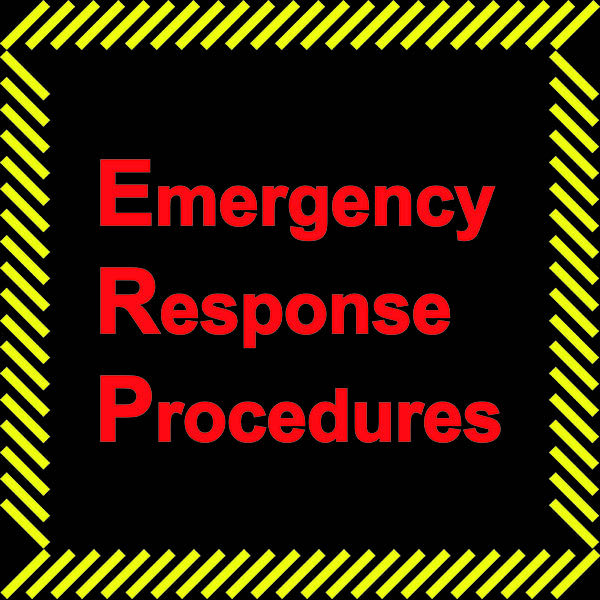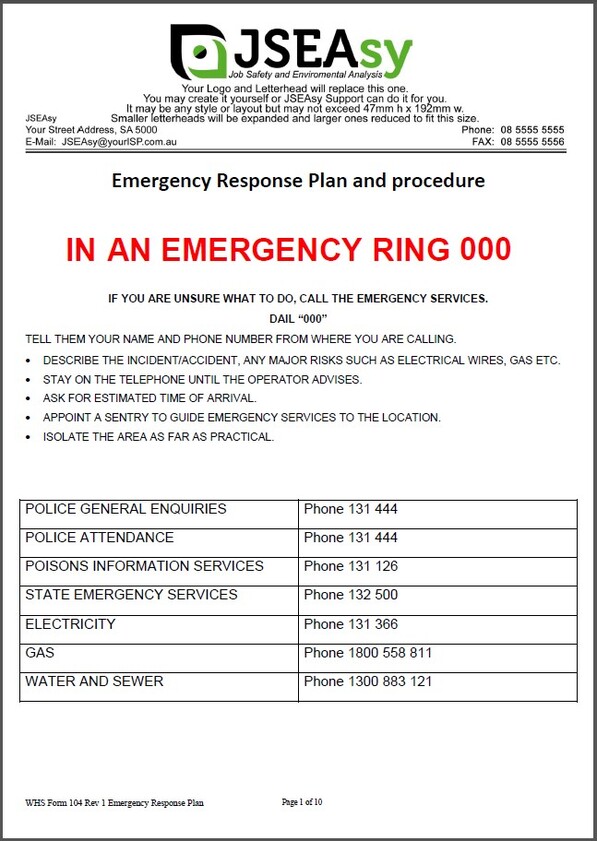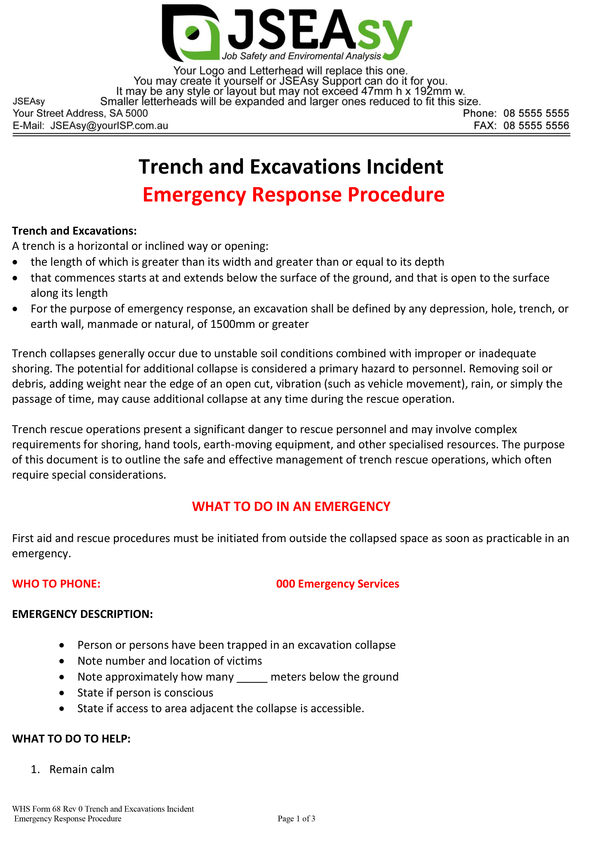Emergency Response Procedures
Having an emergency response procedure helps individuals and organizations prepare for and effectively respond to unexpected and potentially dangerous situations.
The primary reason for having an emergency response procedure is to ensure the safety and protection of people and property. It provides a structured and organized way to respond to emergencies, reducing the risk of harm and damage.
Emergencies often require quick and decisive action. Having a procedure in place ensures that individuals or teams know what to do immediately, reducing response time and improving the chances of a successful outcome.
In chaotic and stressful situations, people can panic or make impulsive decisions. An emergency response procedure helps to minimize panic by providing clear guidance and steps to follow.





